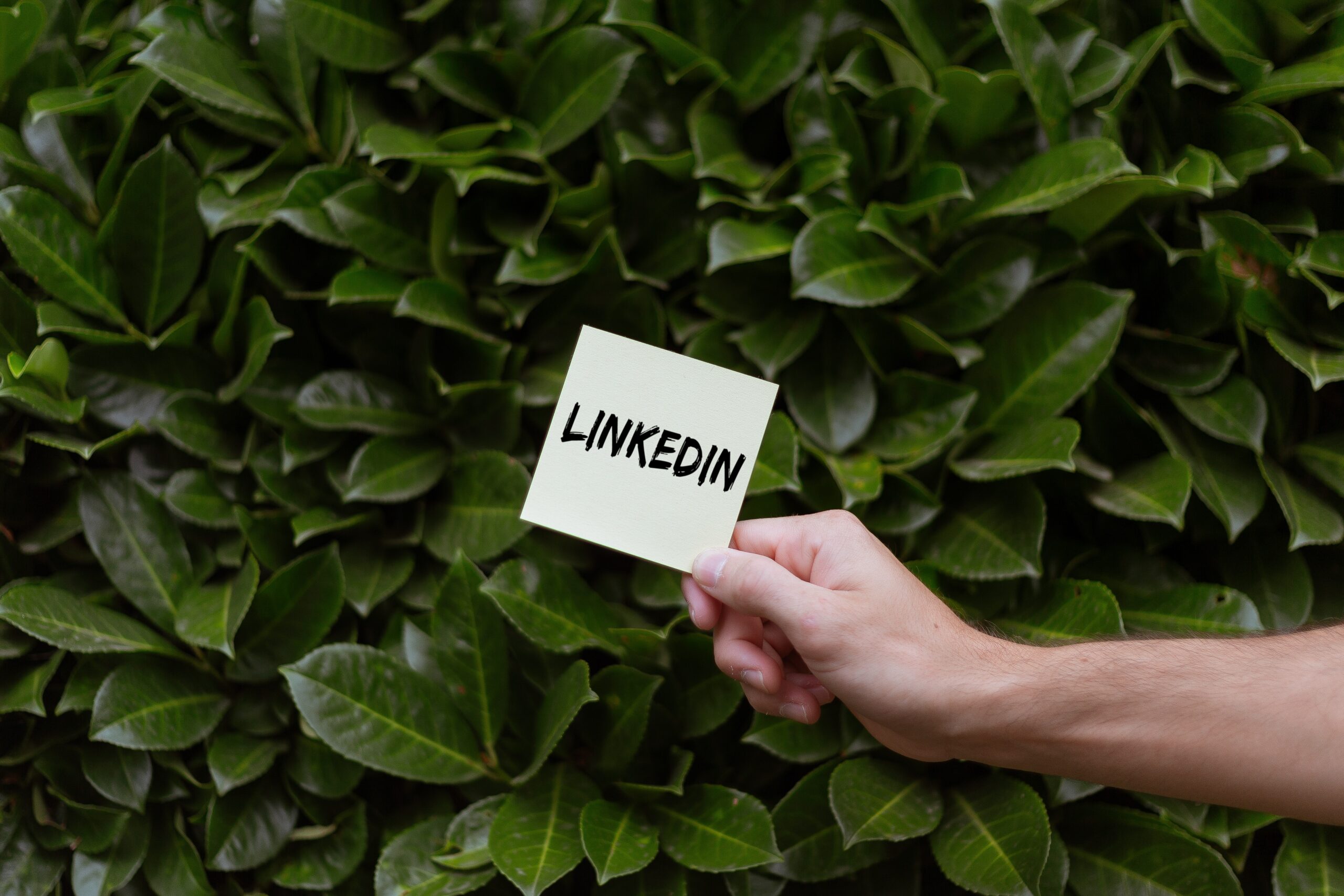Don't be afraid of triviality: LinkedIn is not the new Facebook

Particularly in the German digital scene, there are repeated fears that the loss of reach on Facebook will now make LinkedIn the medium of choice. The concern is that this would lead to a trivialization of content. In fact, however, this is not the case, at least not to any relevant extent. Why? Here are a few clues:
Connect with Stefanie Soehnchen on LinkedIn.
1. Creator mode & selective influencer selection rewards expertise
The introduction of the creator mode with the option of defining specialist topics, which are then represented by individual persons, is a clear sign: The network is signaling that it wants to encourage users to clearly position themselves in terms of content.
The creator hashtags are intended to make it clear which specialist topics the person is mainly talking about.
Of course, #familyandfriends could theoretically also be used here – but this has not yet been observed.
In addition, LinkedIn is very selective in awarding the blue “Influencer” badge and has clear criteria. Only people who regularly post high-quality content and encourage and lead discussions with the community are highlighted here.
2. The algorithm still seems to be “anti-spam”
We observe, regardless of the industry, that the use of too many hashtags or even multiple posting within 24 hours is “punished” by the algorithm through low reach.
The fact that tagging other users only leads to more reach if they react to the post (while otherwise it has no effect) is a clear sign that the network attaches particular importance to relevant, appealing content.
3. User control over content playout possible
This also includes the fact that LinkedIn allows users to train the algorithm on what they want to see and what they don’t want to see – even occasionally with reasons. Basically, this is not a new feature. But it can help to show the algorithm that updates from private life are rather considered inappropriate.
In each post, there is the option to select “Do not show” at the top right of the three gray dots. You can then indicate why you do not want to see this post.
In addition, further preferences can be set via the account preferences. Anyone who uses this can set unmistakable signals as to which content he / she appreciates and which not.
4. “Fancy features” are removed again if they don’t fit the community
LinkedIn has observed – just like the other networks – that ephemeral content seems to be well received in principle. This is also true, and especially true, for a particularly widespread form: stories of all kinds.
However, when the provider realized that this feature did not have the same effect in the business environment, the option was withdrawn.
The stories as well as the interaction possibilities integrated in them are often snapshots with a certain gamification aspect. That’s exactly what doesn’t fit into the business world at the moment – especially with regard to Germany.
The fact that LinkedIn has recognized and taken this into account speaks for its own brand understanding as a business network.
5. Professional exchange works
Perhaps the most important and most serious indication: On LinkedIn, it is still possible to discuss professional topics with depth, constructiveness and objectivity on a regular basis.
Whether it’s the energy transition, digital transformation, medical devices or control cabinet technology – the community is interested in regular input and is happy to engage in an exchange at eye level with the expert creators. This is currently possible on Facebook in well-maintained specialist groups, but beyond that it is rare.
It remains to be seen how the whole thing will develop. The network continues to enjoy global growth and could therefore drift more in the direction of private communication. At the moment, however, there still seem to be enough creators who appreciate and live a focus on professionalism. It follows that LinkedIn will not be comparable with the communication we know from Facebook for the time being.
It remains to be seen how the whole thing will develop. The network continues to enjoy global growth and could therefore drift more in the direction of private communication. At the moment, however, there still seem to be enough creators who appreciate and live a focus on professionalism. It follows that LinkedIn will not be comparable with the communication we know from Facebook for the time being.
For business-relevant communication content like this, why not sign up for our newsletter “FleishmanHillard Quarterly”, follow FleishmanHillard Germany on LinkedIn or Twitter, get to know our team on Instagram or visit our YouTube channel.


